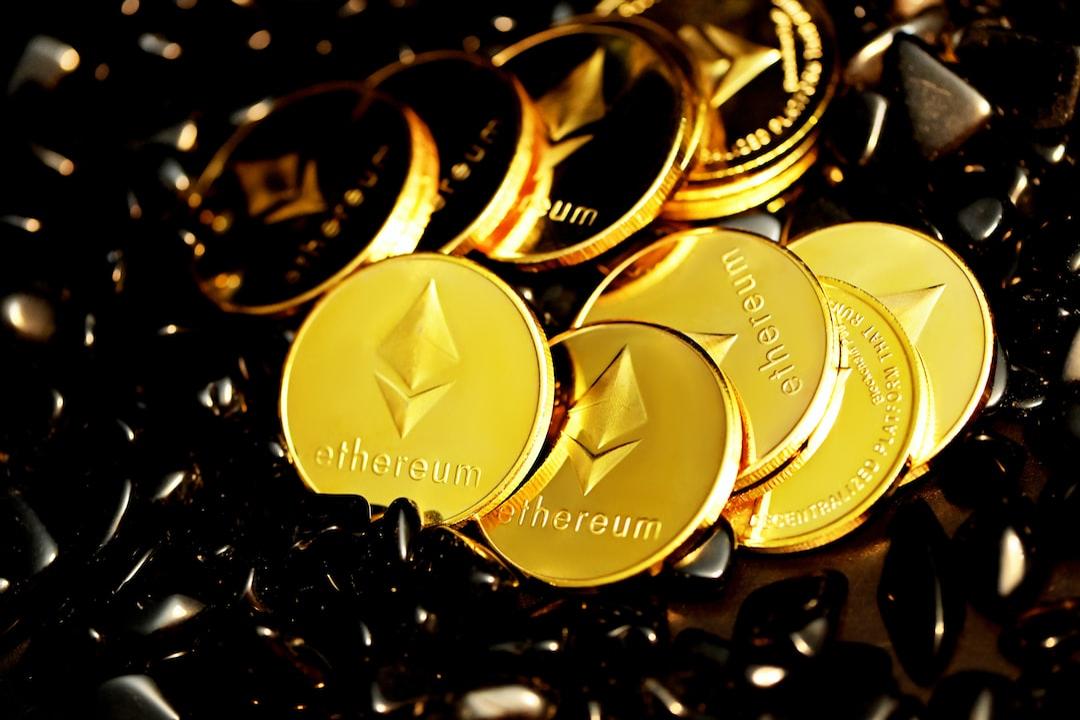What Indicators Should Be Considered Before Investing?
Good tokenomics can help a token achieve a hundredfold increase in a year, whereas bad tokenomics can lead to a 90% decline. Understanding tokenomics is the most important skill in the crypto space. Without an understanding of tokenomics, it is difficult to succeed in investing. Learning is crucial, and blind trading could potentially result in losses. Crypto KOL cyclop has provided an overview of tokenomics, and the following is a comprehensive guide to understanding tokenomics.
When you first come across a potential token, for example, on CMC, you will see the following details:
Market cap (MC)
Total supply
Circulating supply
Fully diluted value (FDV)
These are the basic supply indicators:
Circulating supply: The current circulating tokens
Total supply: The total amount of tokens that can exist
MC: The total value of the circulating supply (in USD)
FDV: The total value of the total supply (in USD)
Understanding these indicators can help you evaluate the potential of a token. However, to do this, you need to understand more than just the nominal concepts. You also need to understand how they work and how they affect the price.
Let’s start with the supply. Tokens can follow two paths:
Inflation
Deflation
Inflationary tokens: The supply of tokens can increase, which is called release.
Release is a disadvantageous factor because it typically leads to a decrease in value. However, if the release is slow and in small quantities, it will not have a significant impact on value.
Deflationary tokens: The supply of tokens decreases over time. This occurs when a project repurchases and burns tokens. In theory, reducing supply should increase value, but this is only theoretical.
Now let’s discuss the main factors that determine token issuance and lifespan: allocation and distribution.
There are two methods:
Pre-mining (allocation among early investors, team, advisors, etc.)
Fair distribution (everyone has equal purchase rights)
Most projects use the pre-mining method.
Why is this method important?
Because if the TGE is 100%, and 50% of the tokens are distributed to investors, then investors can sell tokens at any time, and retail investors may become bagholders of the liquidity exit. That’s why you need to understand:
TGE distribution
Vesting (token locking)
Cliff (cliff period)
Token distribution typically includes the following recipient types:
Private sales (investors, KOL, etc.)
Public sales (retail investors)
Market marketing
Ecosystem (equity, rewards, etc.)
Airdrop
How are they selling tokens?
The day of token issuance is called TGE.
TGE distribution is the percentage of tokens distributed to all the individuals mentioned above (10-20%)
Cliff is the period between TGE and the next vesting
Vesting is the gradual release of a certain percentage of tokens every month
Recently, some projects have adopted a method with a smaller TGE percentage (up to 20%), followed by several months of cliff and 12 months or more of vesting.
This method is more suitable for the long-term success of the project, so it is important to verify all these details before investing.
Another key factor for the success of any token nowadays is demand. That’s why projects incentivize retail investors to purchase specific tokens. For example, despite severe inflation, people still buy the US dollar because they need it to live.
In general, there are four factors that drive demand for tokens:
Value storage
Community-driven
Utility effect
Value accumulation
Value storage
Cryptocurrencies can serve as a means of value storage. Many people buy cryptocurrencies simply to store their money, such as Bitcoin, which is often likened to gold.
Community-driven
As this cycle has shown to the masses, the community can strongly drive demand. The rise of memecoins is entirely due to the community. People buy what they think can make money.
Utility effect
Demand is stimulated when holding a token can provide some utility. For example, you need a certain network’s token to stake.
Value accumulation
Incentivizing equity holders
People also want tokens to provide some value. This is where staking comes in. You can lock up tokens to earn rewards regularly. This benefits all parties and has relatively lower risks.
Another option is holding. Projects usually offer rewards/airdrops to holders, which benefits everyone. There are many ways to reduce selling pressure through holding:
VeToken
You can get VeToken by holding tokens
“Ve” stands for voting escrow, meaning that by locking your tokens, you gain voting power
The longer you hold, the more voting power you accumulate
Mining
Holding can also increase your mining efficiency
The more you hold, the higher the growth rate of your returns
Furthermore, it is important to understand that no matter how high the demand is, it is important to know who is holding. Is it a strong community or dumpers? Figuring this out is more challenging. You need to engage with and analyze the project’s community.
Additionally, even with bad tokenomics, tokens still have the potential to rise, and vice versa. It is important to always consider this possibility. The following are the things to check before investing:
Total supply and circulating supply
Allocation and distribution
Lock-up period/unlock date
Release percentage
Demand
With this analysis, you can basically determine whether the project is worth investing in.
This article is reprinted in cooperation with:
PANews

